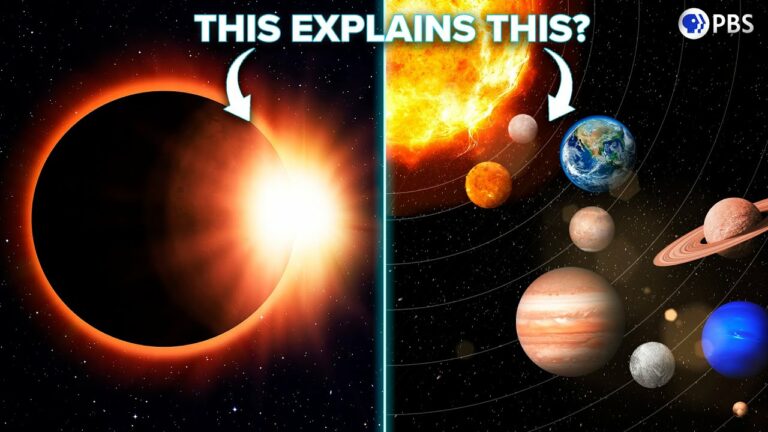How Eclipses Revealed Our Solar System
Eclipses are fascinating astronomical events that occur when one celestial body passes into the shadow of another. There are two main types of eclipses: solar eclipses and lunar eclipses.
-
Solar Eclipse: This occurs when the Moon passes between the Earth and the Sun, blocking all or part of the Sun’s light. There are three types of solar eclipses:
- Total Solar Eclipse: This happens when the Moon completely covers the Sun, casting a shadow on Earth. It’s a breathtaking event where the sky darkens dramatically, and the Sun’s corona becomes visible.
- Partial Solar Eclipse: In this case, only a part of the Sun is obscured by the Moon, creating a crescent-shaped Sun.
- Annular Solar Eclipse: An annular eclipse occurs when the Moon is too far from Earth to completely cover the Sun, leaving a ring of sunlight visible around the edges.
- Lunar Eclipse: This happens when the Earth passes between the Sun and the Moon, causing the Earth’s shadow to fall on the Moon. Lunar eclipses are of three types:
- Total Lunar Eclipse: During a total lunar eclipse, the entire Moon passes through the Earth’s umbra, or the darkest part of its shadow, turning it a reddish color often referred to as a “blood moon.”
- Partial Lunar Eclipse: In a partial lunar eclipse, only a portion of the Moon passes through the Earth’s umbra, leading to a partial darkening of the lunar surface.
- Penumbral Lunar Eclipse: This occurs when the Moon passes through the Earth’s penumbral shadow, causing a subtle darkening of the lunar surface that is often difficult to observe without specialized equipment.
Of all the astronomical phenomena you can witness, the total solar eclipse has to be the most visceral–the most in-your-face reminder that our reality consists of giant balls of rock spinning around stars.
It’s also the eclipse and phenomena like it that set us on the path to understanding that reality in the first place.
Do not forget to share your opinion with us to provide you with the best posts !




0 Comments